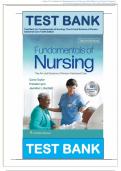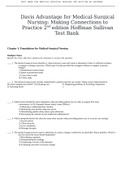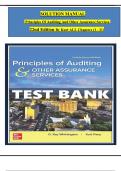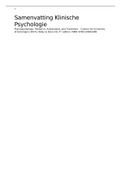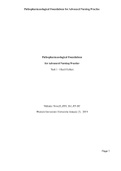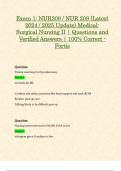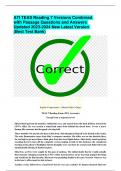Exam (elaborations)
Test Bank for Fundamentals of Nursing 10th Edition by Taylor Chapter 1-47 | 9781975168155 | All Chapters with Answers and Rationales | Latest 2024 REVIEW ATUDY GUIDE| INSTANT DOWNLOAD
Test Bank for Fundamentals of Nursing 10th Edition by Taylor Chapter 1-47 | 9781975168155 | All Chapters with Answers and Rationales | Latest 2024 REVIEW ATUDY GUIDE| INSTANT DOWNLOAD Test Bank for Fundamentals of Nursing 10th Edition by Taylor This is NOT a book! This is a Test Bank (Study Ques...
[Show more]
